China launched a Long March 2D carrier rocket on Thursday afternoon to send a total of 41 satellites into space, setting a new national record for the most spacecraft transported on a single mission.
The rocket blasted off at 1:30 pm from a service tower at the Taiyuan Satellite Launch Center in Shanxi province. After a short flight, the second stage of the rocket successfully placed the 41 small remote-sensing satellites into preset orbits, according to China Aerospace Science and Technology Corp, the launch mission's contractor.
The event marked China's 24th rocket launch this year and the 476th mission of the Long March family.
Designed and manufactured by the Shanghai Academy of Spaceflight Technology, a subsidiary of China Aerospace Science and Technology Corp, the Long March 2D is one of the most reliable rockets in the nation. Since its debut flight in August 1992, the model has been used in 76 flights, all of which have been successful. This has led to it becoming known as the "gold-medal rocket model" in China's space industry.
The 40.6-meter rocket has a diameter of 3.35 meters and a liftoff weight of 251 metric tons. Its typical tasks are to transport satellites to low-Earth or sun-synchronous orbits.
The Long March 2D is capable of sending a 1.3-ton spacecraft into a sun-synchronous orbit with an altitude of 700 kilometers, or satellites with a combined weight of 4 tons into a low-Earth orbit.
The previous national record was set just eight days ago by a ZK 1A rocket, which sent 26 satellites into orbit. The ZK 1A was developed by CAS Space, a company headquartered in Beijing.
The world record is held by SpaceX's Falcon 9, which lifted 143 satellites in January 2021. SpaceX is based in California, the United States.
After Thursday's launch, Fu Zhiheng, president of China Great Wall Industry, which is the international trade arm of China Aerospace Science and Technology Corp, said that sending so many satellites on a single mission is quite challenging and never easy.
"You can't just randomly load satellites into a rocket and then ignite it. It requires experience and expertise," Fu said, adding that China is now capable of helping other nations launch their satellites on a single mission.
Li Jianqiang, chief designer of the Long March 2D rocket type, said the biggest challenge in the latest mission was that engineers had to ensure the satellites were safely arranged inside the rocket's payload fairing and deployed into their designated orbits only after entering outer space.
"After careful research, we worked out a special arrangement (of the satellites) to make full use of the payload fairing's inner space. We also made a precise deployment plan, which involved the rocket's second stage using its retro-engines to reposition itself several times to place the satellites into their orbits in batches, in order to ensure there was safe distance between two satellites," Li explained.
The satellites launched on Thursday were built by Changguang Satellite Technology, a State-owned enterprise in Northeast China's Jilin province, and are mainly tasked with obtaining high-definition images of the Earth.
The images and data products generated by the space-based network will be used in a wide range of fields such as industrial analysis, regional survey, land resources mapping, mineral development and urban construction planning, according to the Shanghai academy.









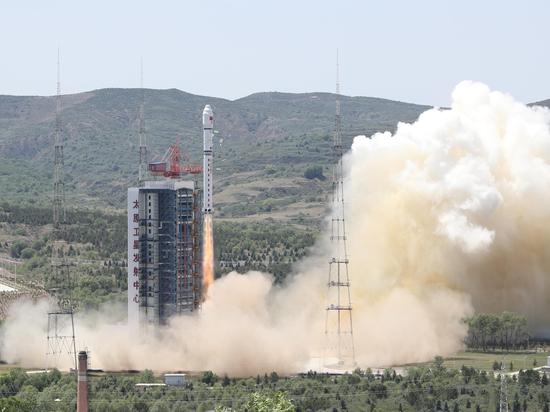


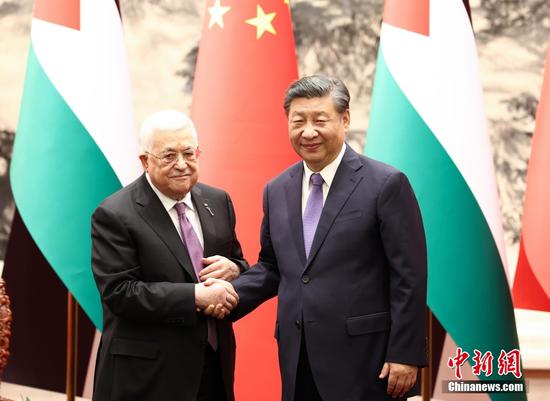



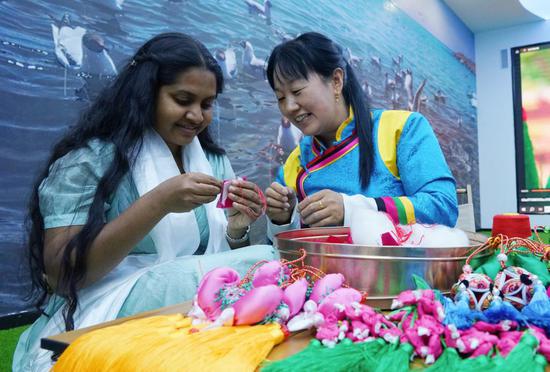









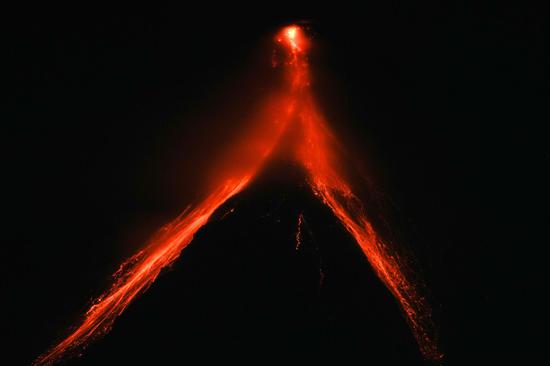

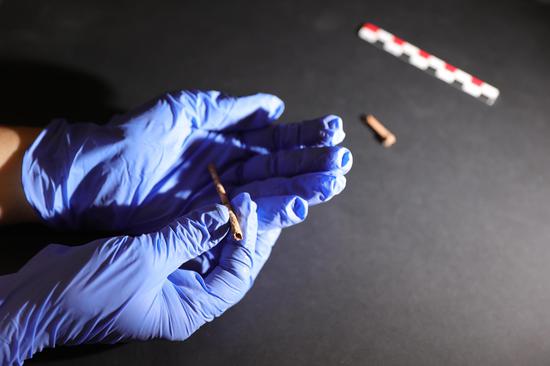

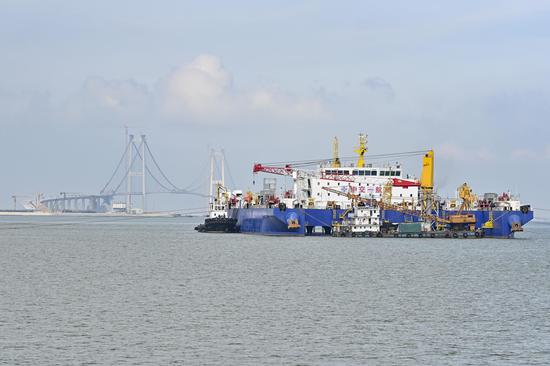
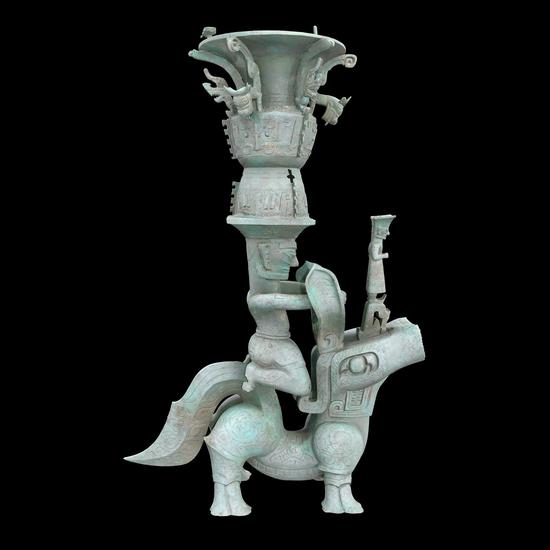



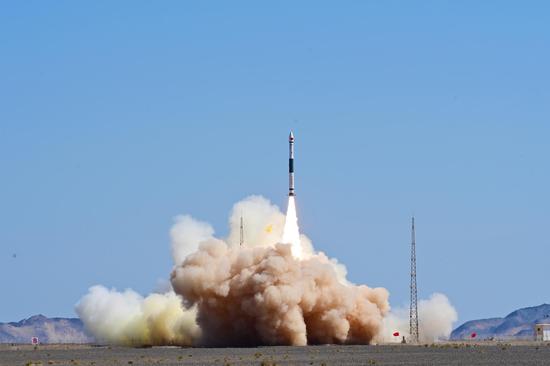






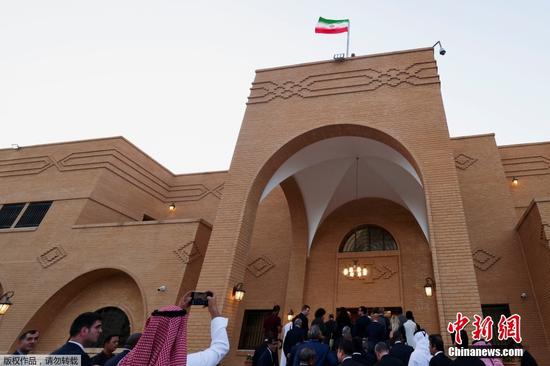
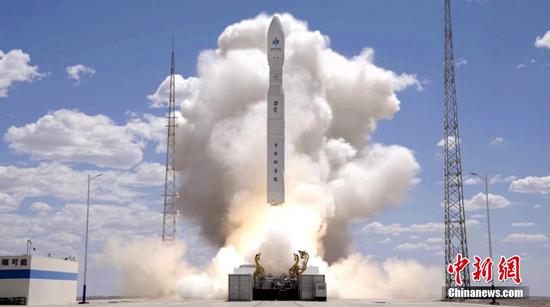






 京公网安备 11010202009201号
京公网安备 11010202009201号